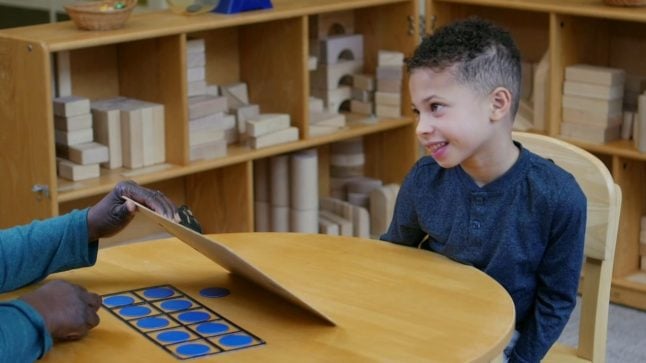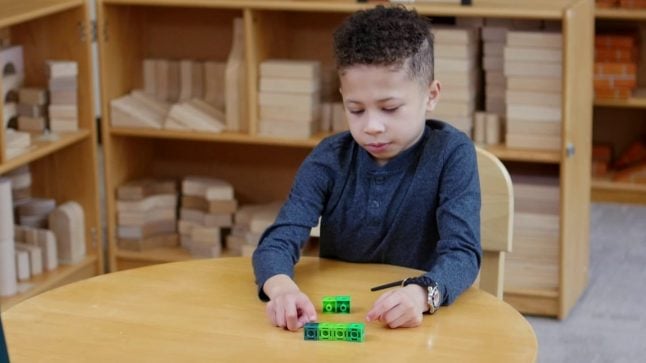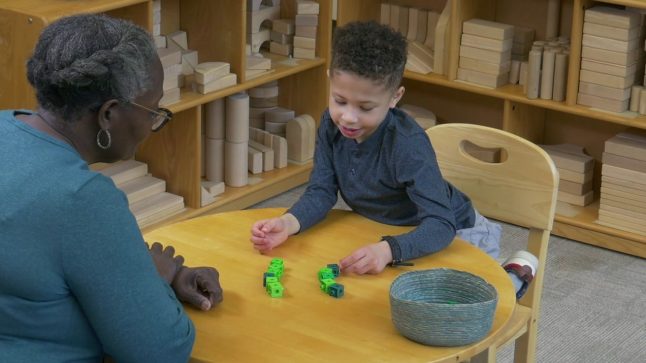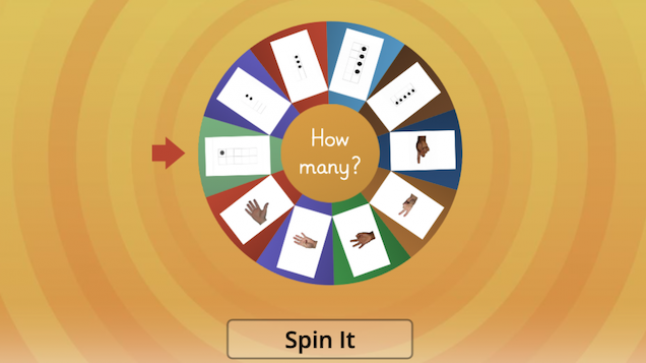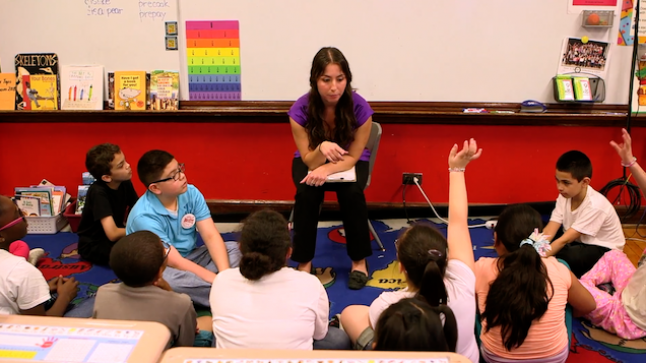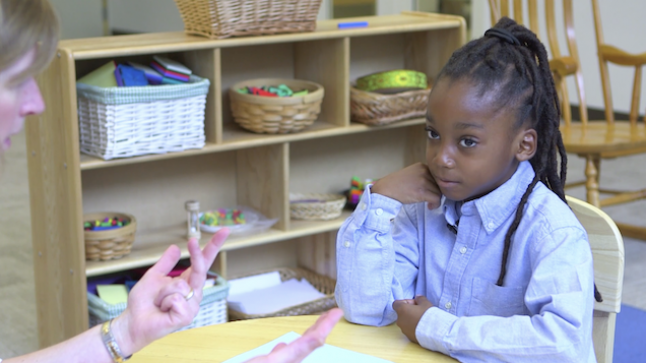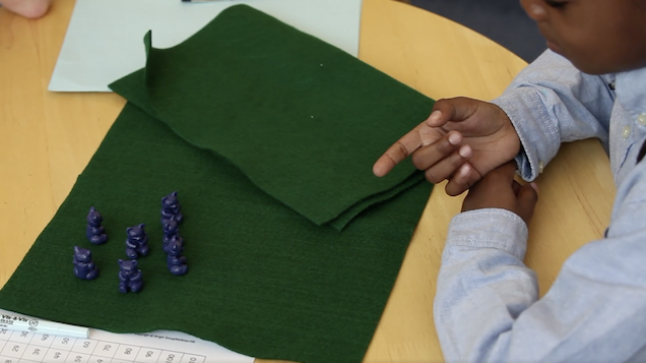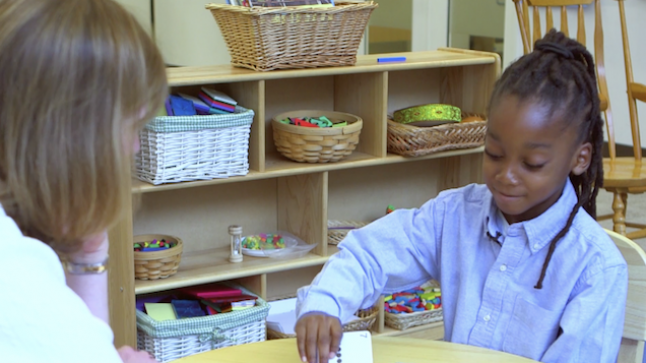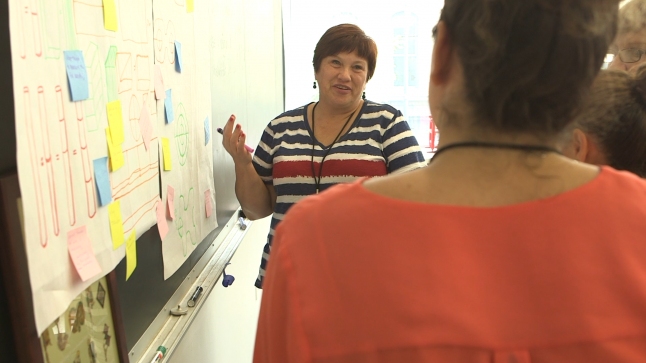When children focus on what happens when we join two sets together or separate a set into parts, they learn about how quantities change. When they have lots of experience comparing amounts, they become familiar with thinking about differences between sets. And when they have opportunities to see how a single large set can be composed of two or more smaller sets, they get comfortable with the fact that larger numbers contain smaller numbers. These ways of mentally modeling real situations are what we mean by number operations.
© Erikson Institute’s Early Math Collaborative. Reprinted from Big Ideas of Early Mathematics: What Teachers of Young Children Need to Know (2014), Pearson Education.
● A quantity (whole) can be decomposed into equal or unequal parts; the parts can be composed to form the whole.
● Sets can be compared using the attribute of numerosity, and ordered by more than, less than, and equal to.
● Sets can be changed by adding items (joining) or by taking some away (separating).
